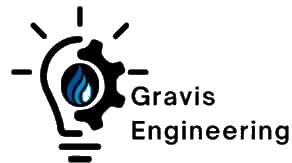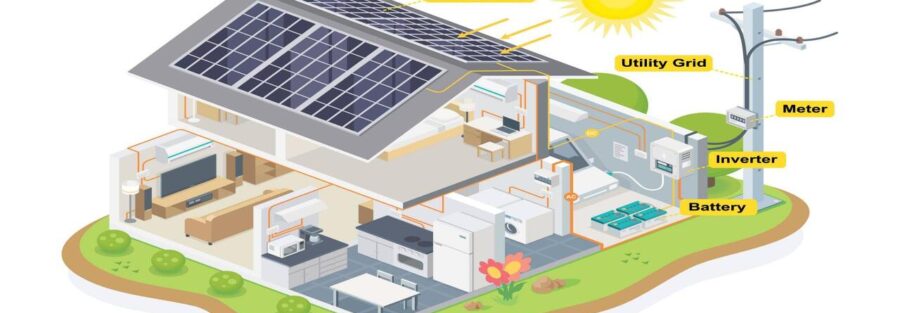Renewable energy is revolutionizing electrical engineering, reshaping how power is generated, distributed, and consumed. As industries and governments prioritize sustainability, electrical engineers are at the forefront of innovation, developing smarter, cleaner, and more efficient energy systems. Here’s how renewable energy is transforming the field of electrical engineering forever.
1. The Rise of Smart Grids and Energy Storage
Traditional power grids were designed for centralized energy generation, but renewable sources like solar and wind require a more dynamic approach. Smart grids, integrated with IoT and AI, optimize power distribution, balancing supply and demand in real time.
Key Developments:
- AI-driven grid management for efficient energy distribution
- Advanced energy storage systems, including lithium-ion and solid-state batteries
- Grid decentralization with microgrids for localized renewable power supply
2. Advancements in Solar and Wind Power Systems
Electrical engineers are improving the efficiency and scalability of solar panels and wind turbines. Innovations such as bifacial solar panels, perovskite cells, and vertical-axis wind turbines are increasing energy output and reducing costs.
Key Developments:
- Smart inverters for seamless grid integration
- Floating solar farms to maximize space efficiency
- AI-driven wind farm optimization for higher energy yields
3. The Expansion of Electric Vehicles (EVs) and Charging Infrastructure
The shift to renewable energy extends beyond power generation to transportation. Electrical engineers are designing efficient EV charging networks and integrating renewable sources to power them sustainably.
Key Developments:
- Fast-charging stations powered by solar and wind energy
- Vehicle-to-Grid (V2G) technology for grid stabilization
- Wireless and ultra-fast EV charging solutions
4. Innovations in Energy Transmission and Distribution
Renewable energy sources often require long-distance transmission, leading to advancements in high-voltage direct current (HVDC) technology. This reduces power losses and enhances grid stability.
Key Developments:
- HVDC transmission for efficient long-distance energy transfer
- Superconducting power cables to minimize energy loss
- AI-powered demand response systems to enhance efficiency
5. The Role of AI and IoT in Renewable Energy Management
Artificial intelligence and the Internet of Things (IoT) are revolutionizing renewable energy management. Smart sensors and predictive analytics help optimize energy production, reduce waste, and enhance system reliability.
Key Developments:
- Predictive maintenance for wind and solar farms
- AI-driven energy forecasting for grid stability
- Smart meters for real-time energy usage tracking
6. The Future of Renewable Energy in Electrical Engineering
As technology advances, electrical engineers will play a crucial role in making renewable energy the dominant global power source. From smart cities to next-generation battery storage, the future of electrical engineering is being shaped by renewable energy innovations.
Key Trends to Watch:
- Hydrogen fuel cells for large-scale energy storage
- AI-powered energy trading and grid automation
- Sustainable power solutions for developing regions
Conclusion
Renewable energy is not just a trend—it’s a permanent shift that is redefining electrical engineering. With smart grids, AI, and energy storage innovations, engineers are building a more sustainable, efficient, and resilient power infrastructure for the future.
Stay Ahead in the Renewable Energy Revolution
To keep up with the latest advancements in electrical engineering and renewable energy, follow our blog for expert insights and industry updates.





